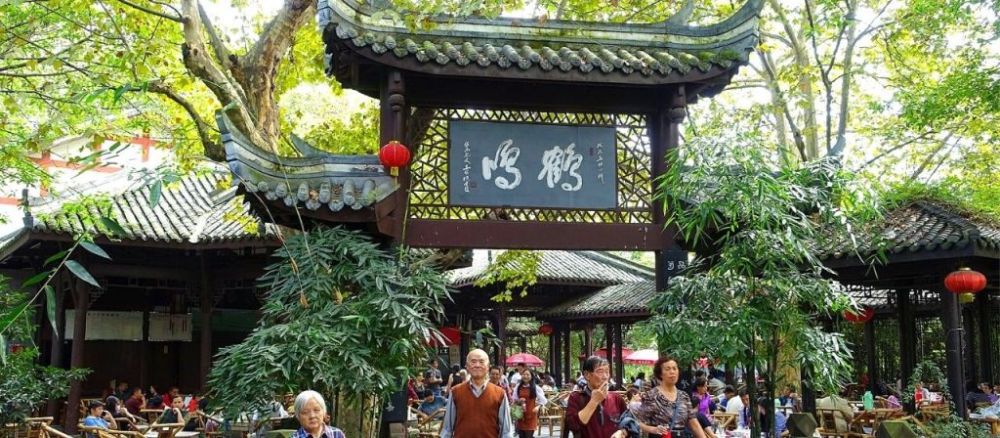

The People's Park, situated in the heart of Chengdu, Sichuan Province, boasts a rich history that dates back to its creation in 1911 during the late Qing Dynasty. This park, originally named Shaocheng Park, has been an integral part of the city's development and is deeply rooted in the cultural and social life of the local population.
Following the Xinhai Revolution, the park was constructed on the site of the old Shaocheng, which literally means "the city of young plants." It was established as a public space where the city's residents could come together, relax, and enjoy natural beauty amidst the bustle of urban life. This initiative marked the beginning of its journey as a staple for leisure and tourism in Chengdu.
In 1924, the park was renamed People's Park, symbolizing its openness and accessibility to all segments of society. As the years progressed, the park continued to evolve, adding traditional Chinese gardens, teahouses, and cultural monuments, enhancing its appeal to both locals and tourists alike.
Throughout the 20th century, People's Park became a hub for social and cultural activity. The iconic Heming Teahouse, established in the 1920s, has become synonymous with the park and is a focal point for visitors seeking to experience authentic Sichuan teahouse culture. It embodies the leisurely pace and communal atmosphere that Chengdu is famous for.
Today, People's Park continues to be a top destination for tourists visiting Chengdu. It has become particularly famous for its traditional Matchmaking Corner, where parents often gather to arrange potential matches for their single children — a unique cultural phenomenon that intrigues many international visitors.
The latest tourism trends in People's Park reflect a growing interest in immersive cultural experiences. Tourists are increasingly looking to engage with the local community, participating in activities such as tai chi, calligraphy, and Sichuan opera performances.Additionally, the integration of technology has enhanced the visitor experience with the development of smart park initiatives, providing tourists with digital guides and interactive maps to enrich their exploration of the park.
In essence, People's Park in Chengdu stands not only as a green oasis in the midst of urban development but as a living museum that exhibits the lifestyle and traditions of the Sichuan people. Its history is woven into the fabric of Chengdu's social and cultural identity, and it continues to adapt and thrive as a beloved destination for both domestic and international tourists.